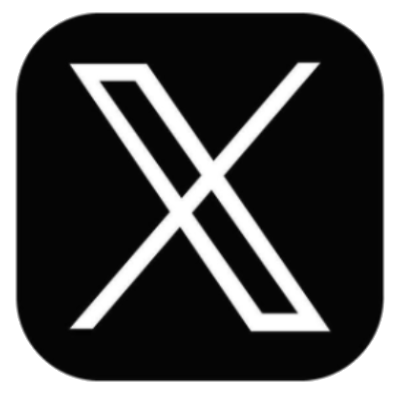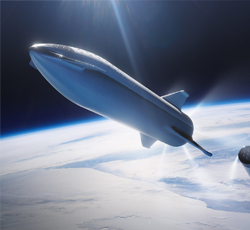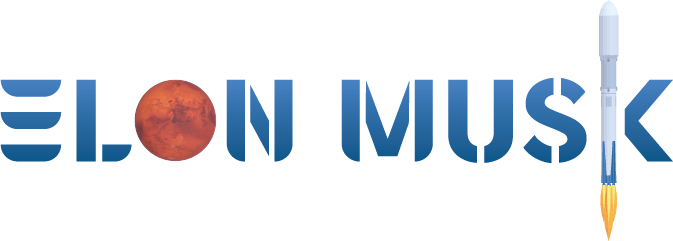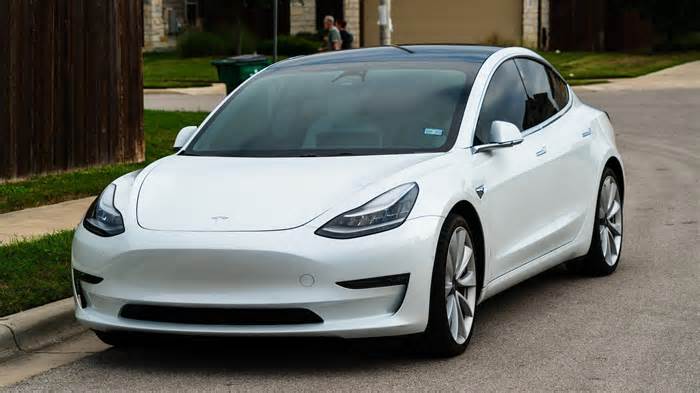
PARUS-T2 cube satellite successfully launched in US
- by Taipei Times
- Jun 24, 2025
- 0 Comments
- 0 Likes Flag 0 Of 5

Wed, Jun 25, 2025 page1
PARUS-T2 cube satellite successfully launched in US
MADE IN TAIWAN: The low Earth orbit satellite includes two communications payloads — a cross-band voice repeater and an automatic packet reporting system
By Shelley Shan / Staff reporter
The PARUS-T2 Cube Satellite was launched into space by SpaceX Transporter 14 from the Vandenberg Space Force Base in California early yesterday morning.
The satellite, which was developed by the Taiwan Space Agency (TASA), entered low Earth orbit approximately 136 minutes after the launch. Communications with an overseas ground station began about two hours afterward.
It was scheduled to begin communications with a ground station in Taiwan at 10pm yesterday.
The PARUS-T2 cube satellite is pictured in a mock-up image.
Photo courtesy of the Taiwan Space Agency
The PARUS-T2 satellite was built by enhancing the core systems of PARUS-T1, which was launched in January, including improvements to the onboard computer, power control system, satellite battery and the satellite-compatible global navigation satellite system receiver.
It also features a newly designed solar panel deployment mechanism and incorporates a spherical motor-based attitude determination and control system developed by the Taiwanese company Tensor Tech (張量科技).
The PARUS-T2 satellite includes two Taiwan-developed communications payloads — a cross-band voice repeater and an automatic packet reporting system.
The purpose of the PARUS-T2 launch is to verify the functions of the satellite, TASA said, adding that the results would be used to enhance the reliability of homemade cube satellites and provide a platform for researchers to develop standardized cube satellites. The satellite is expected to last for one year.
“In the future, they only need to develop satellites to be included in the payload, which would shorten research-and-development time and increase the chances of a successful verification,” TASA said.
The next TASA cube satellite to be launched would be PARUS-6U1, which would be deployed into space by SpaceX’s Transporter 15 in October, it said.
Aside from the first satellite of Formosat-8, FS-8A, other satellites in the same payload include T.MicroSat-1 developed by Tron Future Tech (創未來科技), RIoT-1 by Rapidtek Technologies, TORO 2 by Pyras Technology Inc (芳興科技), as well as Lilium-2 and Lilium-3 jointly created by National Cheng Kung University, National Taiwan University, National Taiwan University of Science and Technology, and Tamkang University.
In related news, the Ministry of Digital Affairs yesterday said that businesses can apply to use radio frequencies to launch direct-to-device satellite services and other applications following changes to the regulations.
The ministry proposed regulation changes as satellite communication services can now be made available at relatively cheaper prices than before due to lower operational costs. At the initial stage, the ministry would open seven sets of frequency bands for mobile satellite services. Twelve sets of frequency bands are now reserved for the use of fixed satellite services, up from four in the ministry’s plan.
Permissions to use the frequency would be extended to five years from two years, the ministry said.
According to the International Telecommunication Union, fixed communication frequency bands are commonly used for point-to-point communication services, such as broadband Internet, submarine cable backup, maritime communications and satellite news gathering vehicles, Department of Resources Management Director-General Tseng Wen-fang (曾文方) said.
Mobile communication frequency bands, on the other hand, are used for mobile communications services, such as satellite phones and search-and-rescue positioning devices, she said.
The availability of direct-to-device satellite services, which allow people to access satellite communications services directly from their mobile phones, depends on the business plans of the operators, Tseng said.
People might be more willing to subscribe to such services if there are telecom plans similar to the one created through the partnership between Apple Inc and Globalstar Inc, which allows iPhone users to access satellite services free of charge for two years, she said.
In some nations, satellite communication services are available free of charge to customers who pay high monthly telecom fees, which helps increase average revenue per user, she added.
Four companies have filed five applications to offer fixed satellite services — two from Chunghwa Telecom Co (中華電信), one from Lung Hwa Electronics (隴華電子), one from Aerkomm Inc (愛爾康) and one from Teleport Access Services (台亞衛星).
Chunghwa Telecom announced that it is able to offer OneWeb low Earth orbit satellite services after having secured the nation’s first government-issued permit earlier this month.
The ministry said that it has yet to receive an application for low Earth orbit satellite services from Starlink.
Most Popular US to deliver 10 new F-16s, source says
2025-06-20
LONG FLIGHT: The jets would be flown by US pilots, with Taiwanese copilots in the two-seat F-16D variant to help familiarize them with the aircraft, the source said The US is expected to fly 10 Lockheed Martin F-16C/D Block 70/72 jets to Taiwan over the coming months to fulfill a long-awaited order of 66 aircraft, a defense official said yesterday.
Word that the first batch of the jets would be delivered soon was welcome news to Taiwan, which has become concerned about delays in the delivery of US arms amid rising military tensions with China.
Speaking on condition of anonymity, the official said the initial tranche of the nation’s F-16s are rolling off assembly lines in the US and would be flown under their own power to Taiwan by way
By Lo Tien-pin and Jonathan Chin
Please first to comment
Related Post
Stay Connected
Tweets by elonmuskTo get the latest tweets please make sure you are logged in on X on this browser.






 Energy
Energy


















